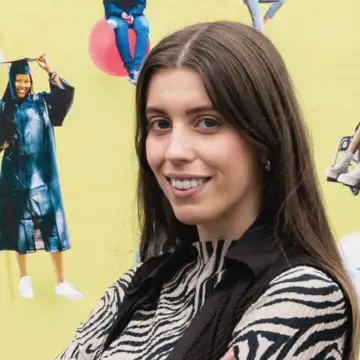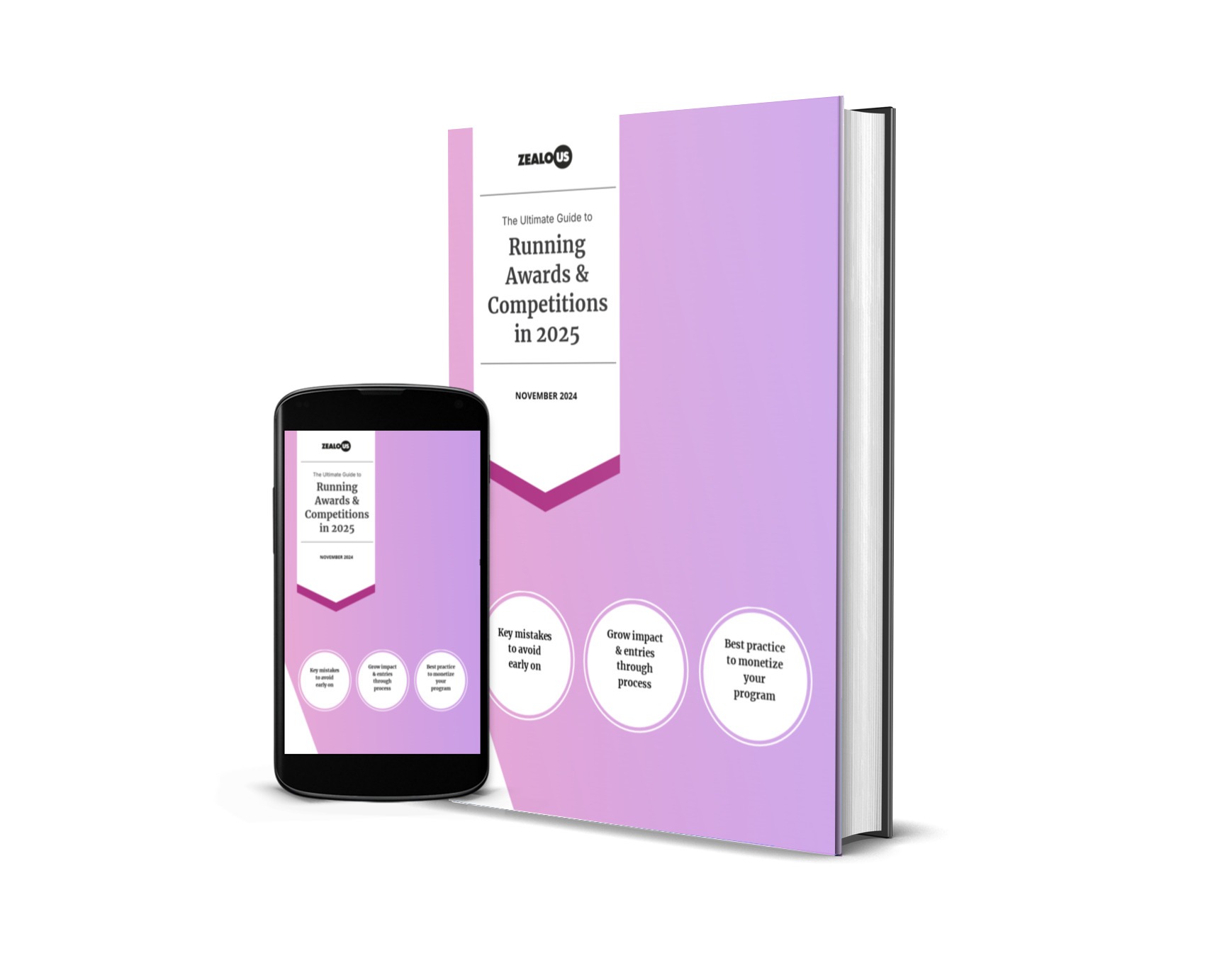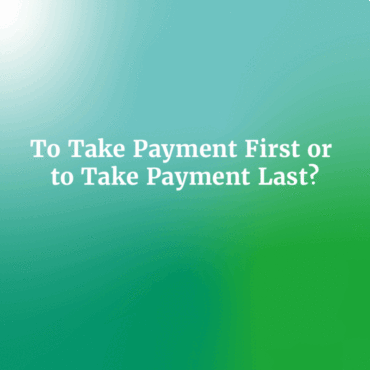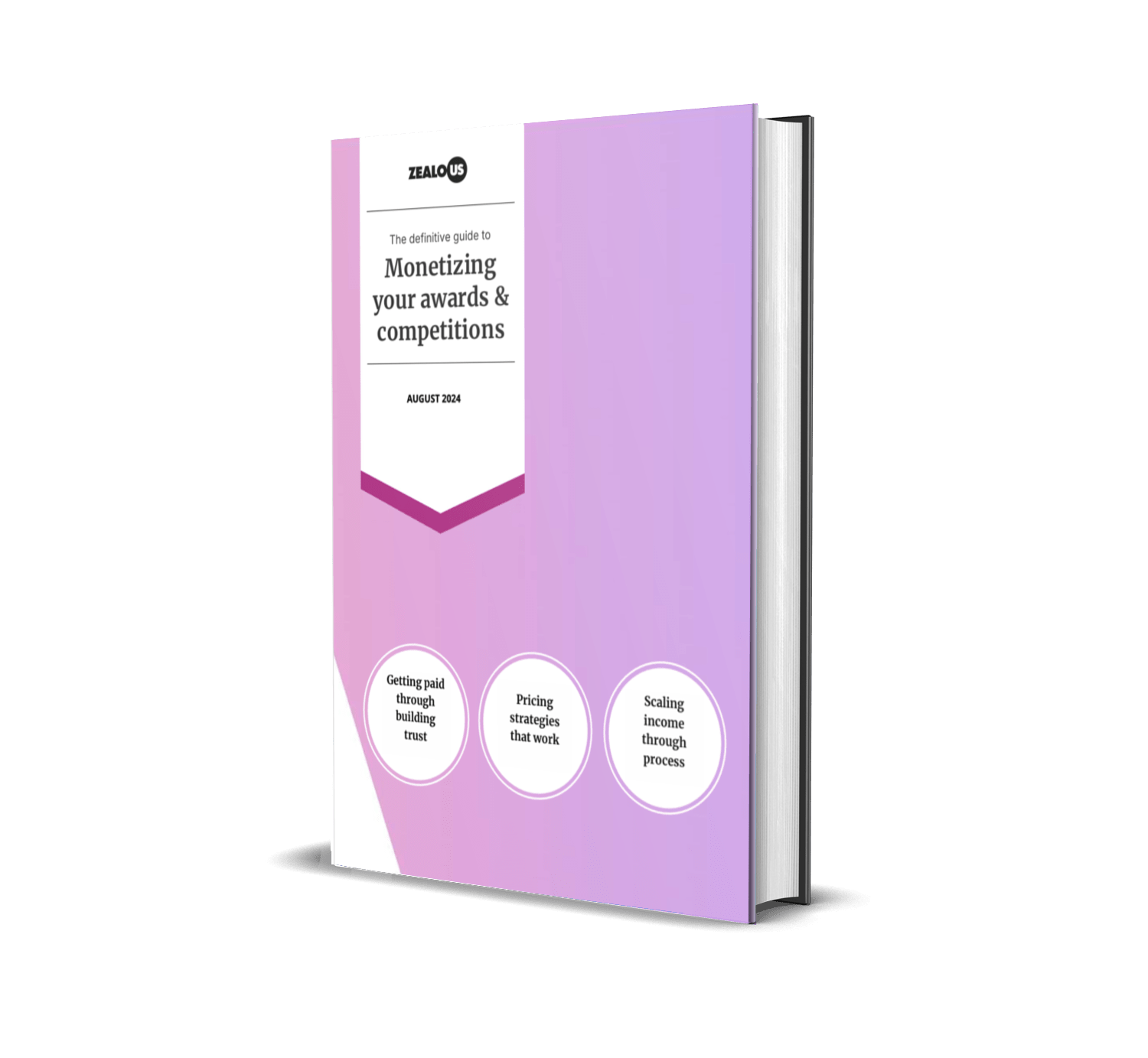From live discussions and hashtags, to paid advertising and creating a legacy, this conversation hopes to give insight in to successes and learning curves to hopefully help other organisations.
BETHAN:
Hello everyone and welcome to Amplify Insights. Today we are reflecting on the Zealous Amplify Mental Health and Wellbeing marketing and promotional journey, discussing what promotional strategies worked to raise awareness about the competition, learning curves and things we could improve on, and all the exciting bits in-between. We hope this will be useful for any other organisations looking to create maximum impact with their opportunity on social media and beyond.
To do this, I am going to be chatting with Zealous Marketing Coordinator Carmela.
I want to start right at the beginning of the Amplify journey, back to the planning stages in early 2022. We knew that we were going to launch this competition on the theme of Mental Health and Wellbeing, and you had a lot of creative direction over how we shared about it on social media, as this was a brand-new initiative. How did you feel about this? Did you have any initial ideas about how you would approach this?
CARMELA:
I felt excited when planning Amplify. The idea of there being so much potential to use social media as a tool to activate the project was something that felt very important in terms of approach. We knew that Amplify wasn’t just about the art – it was also about the conversation and contextualization behind it. Being a creative opportunities platform with a creative audience, we really wanted to encourage people to use their creativity as a form of expression, but also use this creativity as a tool or entry point to prompt dialogue and conversation.
Social media can activate a project like Amplify in so many ways; you can use it to get your message across about an important topic (in our case, about mental health and wellbeing), meet likeminded people, and build a feeling of unity and community, amongst other positive things. Using different platforms to do this and experimenting with different formats like reels, carousels and live streams was a good learning experience.
BETHAN:
Yes, let’s take a deep dive into these – starting with Instagram Live. Throughout the Amplify process, we hosted a series of live conversations called ‘Amplify Live’ in which we talked to various artists and founders of arts organisations, and hearing their perspectives on art and mental health. Can you tell me about why we decided to do these, the types of guests we talked to, and how they went?
CARMELA:
Yes! Amplify Live was formed as the extension of the dialogue around mental health and wellbeing. It’s the medium where the conversation could take place – not just between myself, you, and the creative guest, but also between us and the audience.
Opening the floor with our Instagram lives was with you Bethan where we discussed your personal mental health journey and relationship to creativity. Firstly, I really commend you for opening up like that, and it was a meaningful moment, because we got to introduce Amplify from the perspective of someone who’s at the core of Zealous. How was this experience for you being the first Amplify Live Guest?
BETHAN:
Thank you for your kind words. Honestly, it was a little scary. I was not that far into my own mental health journey and coming to terms with my generalised anxiety disorder diagnosis. However, it was important to be part of these discussions and share my own experiences. And in the end, I really enjoyed it! When you get diagnosed with a mental health condition, it can feel quite lonely and isolating. It’s something I’ve dealt with my whole life but getting an actual label put on it made me feel like something was wrong with me. But talking about it made me realise that I was not alone and so many people deal with it too.
CARMELA:
Then we chatted to artists like Marcus Keating, Jason from Sassify Zine, and collaborated with some more amazing creative organisations such as Sisterhood, Short Supply, Syntropy, CIEDA, and of course our chosen charity CREATE, where I chaired a session with the founders of both Zealous and Create – Guy Armitage and Nicki Goulder. So, there was a real variety of conversations going on and each guest had some useful creative advice, rich insights from their own roles in the art world, as well as advice on how they take care of themselves.
I’d say that these conversations formed a big turning point where our audience converted into our community. There was discussion in the comments on the livestream, and followers regularly tuned in to engage with us and the guest. It was always important for artists to feel like they could contribute to the conversation, and the live sessions are a very inviting and accessible way to encourage that level of engagement.
BETHAN:
What are the top benefits of using Instagram live, for anybody who needs further convincing?
CARMELA:
I think there are four main benefits of using Instagram Live.
Benefits of using Instagram Live#
- Meaningful Engagement: Instagram Live allows you to interact with your followers in real-time, allowing for more in-depth conversations.
- Authentic content: We use a script sometimes to frame the conversation, but everything you say is completely unedited and unfiltered, giving your followers a raw and relatable insight into what your organization is passionate about.
- Building community: You connect with your followers and your followers get to connect with each other – they all want to be together in this shared virtual space at the same time.
- Increased reach and visibility: The algorithm is always changing, but Instagram lives often notify your audience and your collaborators audience that you’re starting a live, helping you to reach new and relevant audiences.
BETHAN:
Most of these live conversations took place on Instagram Live, but we also hosted one on Teams. How do you think these platforms differ?
CARMELA:
Teams and Instagram are completely different platforms. Whilst they both function in the same way when it comes to having the conversation itself, I’ve noticed the real-time engagement and comments from the audience was lower on teams.
Teams naturally has a more corporate feel to it – you sign up for the event in advance to join through a link, so it feels more exclusive. Whereas with Instagram you can stumble across a live event by accident and drop in and out of the conversation when you feel like it, so there’s more chance you’ll get more eyes on your Live. This does depend on factors such as how much of an Instagram following you have and how regularly your audience engages with your content. But generally speaking, if you have an engaged and loyal audience with 500 followers or more, this puts you in great stead to run a successful Instagram Live.
BETHAN:
Yes, I really agree. I think that with Teams or Zoom events sometimes people sign up but then don’t turn up, especially if it is free. Instagram live has a bit more of an informality to it and people can easily join in live or watch it back later. And what I think you mentioned that’s really great is that when you invite people to join the live as a guest, their followers are alerted about the live and therefore the engagement increases.
So, moving forward, which platform are you more likely to use to host live conversations, or do you have another platform in mind?
CARMELA:
In the case of Zealous Amplify, Instagram Live worked for us, so I’m inclined to recommend Instagram. But I would never rule out any platform to livestream! I know that you can do live streams on LinkedIn, however I’ve never set one up myself. I’d consider using this platform if your target audience engages on LinkedIn a lot or if your organization has a good following on there.
I would just suggest doing your research beforehand to see what platform your target audience is most engaged on. And make sure you use your livestream to deliver a valuable experience through both the content itself and the types of people you collaborate with.
BETHAN:
Great advice, and I do think it really depends on who you are what the purpose of the live session is.
You created a hashtag called #ZealousAmplify. What was the purpose of this?
CARMELA:
The intention behind this hashtag was that entrants could post the work they’ve submitted during the open call period by using the hashtag in their caption. One of our original content strategies was reposting this content to our audience. The goal here was to inspire more entries and start the dialogue on the theme of mental health and wellbeing.
BETHAN:
Did you find a lot of people using the hashtag at the open call stage?
CARMELA:
There weren’t as many as I’d hoped for during the open call period. I think we had about 2 or 3 people use the hashtag at this stage, so I wouldn’t plan content off the basis that people will use hashtag in this way. But it did evolve into more of a community-based tool and shared online space – for example, the longlisted artists used the hashtag when announcing their involvement with the exhibition, and they could use it to easily find and connect with each other.
BETHAN:
Yeah, it’s just a great filter that’s unique to the competition, and when you search for it, you immediately get a sense of what Amplify is all about and the incredible creatives who are involved. It is such a great tool to be able to amplify the stories.
CARMELA:
It really is! Sometimes the community aspect of hashtags gets lost within the lens of branding and the idea or aspiration of something that has the potential to become a trending topic, but in fact, hashtags are just as powerful as a filtering tool for your audience to build relationships with each other and feel a part of something bigger than just a competition. Amplify certainly made that impact.
BETHAN:
I want to talk more about the marketing strategy behind Amplify. The majority of the Amplify content was organic, however there were a few posts the marketing team put some paid ad spend behind. Could you talk a bit more about these?
CARMELA:
Whilst I led the organic social media marketing strategy, Zealous Marketing Manager Dan led the paid ad strategy. He’s passed on a few valuable insights which I’ll talk about in more depth.
Our paid marketing campaign aimed to accomplish two key goals: encouraging people to apply to our competition and driving visitors to our exhibition landing page. This had to be done with a limited budget, so to achieve this we tested and refined various elements of the campaign, such as ad placement, copy, graphics, audience targeting, and timing.
Our outreach efforts kicked off by targeting the creative community through Art Monthly, which has almost 10,000 monthly views. We placed a cost-effective banner ad on their website during the open call which helped spread awareness and generated interest in our competition.
Our paid ad social media strategy mainly focused on Facebook and Instagram. Our best performing campaign tapped into the fear of missing out – a graphic stating “Last call for entries” generated 1,051 unique visits to our competition application page, with a cost per visit of only 19p per individual. This cost is 4 times lower than the average UK Cost Per Click on Facebook. The key to achieving a lower Cost Per Click is testing in order to find a message that your audience really connects with.
We also drove traffic to our exhibition landing page by launching two different sets of ads, one featuring a selection of images of some of the exhibition’s artwork, and the other a video. The video ad walking through the online exhibition and focusing on the fact the exhibition was free proved to be a hit, sending 1,458 art enthusiasts to our landing page at a cost of only 48p per visitor.
Through doing this we gained valuable insights into our target audience. Our campaigns resonated most with women aged 35-44. They favoured visuals over copy, and the ads were more popular on mobile. The majority of the audience also had an interest in visiting UK galleries and the ad placement was generally most effective on Instagram.
We also forged strategic partnerships with other organizations, creating and sharing mutually beneficial content. For example, we connected with Artists and Illustrators magazine and shared ads for their latest competition across our socials. They reciprocated, promoting our competition to their audience of 350,000 followers predominantly UK creatives. This helped us immensely with our brand awareness efforts and has created new opportunities for collaboration with other organisations in the future.
BETHAN:
It sounds like this strategy successfully spread the message about the open call and exhibition across a wider network of people. Would you say that using paid ad spend is necessary to promote creative opportunities or competitions like Amplify?
CARMELA:
Paid ad spend is great, but it’s not necessary. If you’re a smaller organisation and have little to no budget to spend on ads, don’t let this stop you from publishing your opportunity.
In the case of Amplify, paid ads worked well for us because Amplify was a brand new competition, and it helped get the message out there to a wide reach of people. But you can use organic content effectively too by zooming in on your target audience, inspiring good quality entries over quantity.
BETHAN:
Let’s move on and talk about the organic content. Even though the Amplify open call launched on June 1st and closed on 27th July in 2022, on social media there’s been constant activity about Amplify all year round. I’m curious as to how you have managed to keep Amplify alive and relevant outside of the open call margin!
CARMELA:
It’s a delicate balancing act and it does require some planning, but it is possible to do, even though it might feel overwhelming at first.
In the case of Amplify, during the open call period, we are planting the seed of what Amplify was all about by inspiring and provoking people to get excited and get involved. I scouted emerging artists, collectives and groups who were already making work around the theme of mental health and wellbeing, sharing their work as inspiration and even shared some insights from them and how their work and ideas around mental health collided, and I did this by using carousels. We also starting our Instagram lives to push the conversation.
During judging stages, we celebrated and showcased the artists who have submitted and explored deeper sub-themes. I used hashtags #ArtistFeatures and #ArtistSpotlights to highlight longlisted artists through a mixture of posts, carousels and reels, depending on the medium of the work and how it best translated on social media. I also used the hashtag #ExploringAmplify to deep dive into sub-themes of entrants works through reels. These included identity, isolation, mental illness, care, and healing, amongst others. By exploring these sub-themes, we added an extra layer of care and compassion around the artists and their works. This also prompted further discussion and contextualization around the topic, also ensuring that all 60 longlisted artists were featured on social media.
After the competition, we interviewed the 5 winning Amplify artists for the Zealous blog, and these interviews are being released each month, so from January to May we have some Amplify content to share. Creating carousels with quotes from the interviews as well as making short form reels means that the social media content is staying authentic and relevant beyond the competition. We’ve also jumped on relevant social media trends – for example, at the time that Spotify were doing their annual Spotify wrapped campaign, we created an ‘amplify wrapped’ post, highlighting statistics like submission numbers, the amount of money we raised for Create, and exhibition visitor numbers.
BETHAN:
Wow that just goes to show that there’s so much you can do by using social media for your opportunity – all of this contributes to the legacy of Zealous Amplify too. Do you have any further advice, tips or strategies for other organisations who want to use their content to maximize their social media impact?
CARMELA:
I have a few tips which I think could be useful.
Maximizing your Social Media Impact
Think about your timeline and set your goals. Start by breaking down your year into sections. For example, an annual open call might have 4 stages:
- Pre-open call stage: You want valuable content that evokes curiosity in your audience
- Open-Call stage: You want to maximize your reach and inspire good quality entries
- Selection stage: You want to showcase your entrants + keep the dialogue going to form a trusting and authentic community where entrants feel seen and appreciated
- Post-Selection stage: Highlight the winners, highlight the success of the competition, show how great your opportunity is so that more people will want to apply for the next one
Be Creative with your content. Try out different styles of captions, different formats of posting like carousels, short form and long form video content, even interactive content like polls on stories. There’s no limit to what you can do, just be inventive and experiment.
Stay receptive and flexible to trends. Just like Zealous responding to the Spotify wrapped with an ‘Amplify Wrapped’, use topics and formats that people are currently engaging with and that are relevant. Just make sure that these trends align with the mission of your opportunity as well as your goals.
Evaluate your insights. What’s working? What isn’t working? How can you tweak your content to adjust the needs and goals of your opportunity? I would do this on a monthly basis. Perhaps some quarterly reports would be valuable too, plus an annual report highlighting your most successful moments on social media to make you feel proud of your competition.
BETHAN:
Which social media platform worked best for promoting and talking about Amplify overall, and what platforms would you recommend for other organisations hoping to host a similar opportunity?
CARMELA:
In the case of Amplify, Instagram was the best platform for us. 92% of longlisted artists were actively using this platform, so this allowed potential for collaborative posting, hence more engagement from our target audience which are visual artists and creatives.
Whilst Instagram has lots of great features and formats to utilize, I wouldn’t say Instagram is the be-all and end-all social media platform. For organizations looking to create a strong social media presence for their opportunity, you need to have your target audience in mind, and you need to focus on where you’re getting the best levels of engagement. It’s always safe to have at least a couple of social media platforms to shout about your opportunity and test different strategies.
BETHAN:
Thank you, Carmela, for joining me today. We’ve learned so much about the legacy of Amplify and the role that social media has played in the Zealous Amplify journey.
CARMELA:
I hope these insights from our Amplify journey help other organizations make the most of their opportunity by using the powerful tool of social media.
Share
Authors
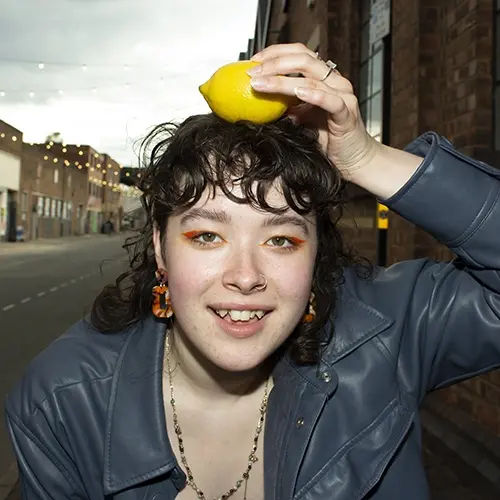
Bethan Jayne Goddard
